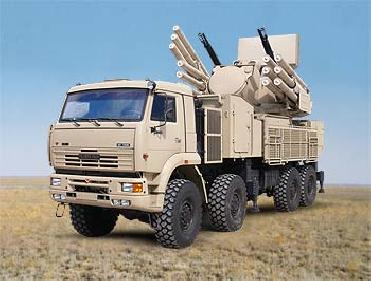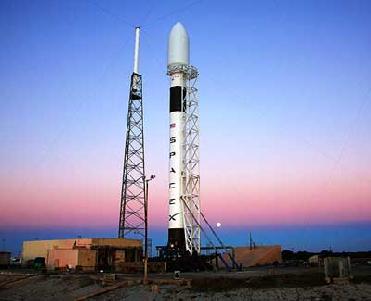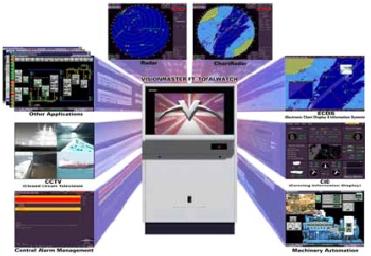GENEVA (BNS): The European Organisation for Nuclear Research (CERN) has announced that the first attempt to collide protons in the Large Hadron Collider (LHC) at the record energy of 7 TeV (3.5 TeV per beam) will take place on March 30.
The LHC will bring two circulating beams of 3.5 trillion electronvolts (TeV) together for the Big Bang Machine's first high-energy collisions.
"With two beams at 3.5 TeV, we�re on the verge of launching the LHC physics programme. But we�ve still got a lot of work to do before collisions," said Steve Myers, CERN's Director for Accelerators and Technology, according to a CERN news report.
Between now and 30 March, the LHC team will be working with 3.5 TeV beams to commission the beam control systems and the systems that protect the particle detectors from stray particles.
Earlier this year, the LHC set the energy world�s record of 3.48 TeV per beam on 19th March. The current LHC run began on 20 November 2009, with the first circulating beam at 0.45 TeV.
Once 7 TeV collisions have been established, the plan is to run continuously for a period of 18-24 months, with a short technical stop at the end of 2010. This will bring enough data across all the potential discovery areas to firmly establish the LHC as the world�s foremost facility for high-energy particle physics, concluded the report.
LHC is ready for next collision on March 30
Article Posted on : - Mar 25, 2010
Other Related News
NASA's SOFIA sees the 'First Light'
The Stratospheric Observatory for Infrared Astronomy - or SOFIA is a world-class airborne observatory which is jointly developed by NASA and German Aerospace Center.
 Previous Article
Previous Article Next Article
Next Article













The Indian Air Force, in its flight trials evaluation report submitted before the Defence Ministry l..
view articleAn insight into the Medium Multi-Role Combat Aircraft competition...
view articleSky enthusiasts can now spot the International Space Station (ISS) commanded by Indian-American astr..
view article